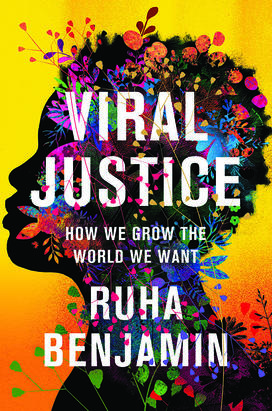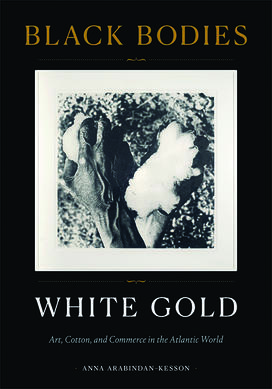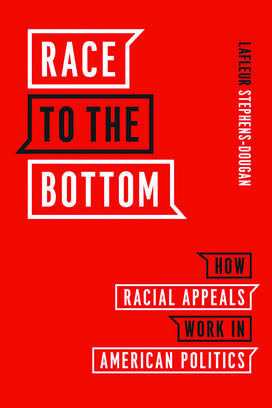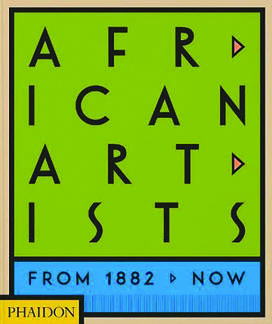Faculty Books: Black History Month Selections

Ruha Benjamin, professor of African American studies, explores how we can transform society through the choices we make every day in her latest book Viral Justice: How We Grow the World We Want (Princeton University Press). Although this has been a topic of interest for Benjamin for years, the pandemic inspired her to rethink the value of small actions. She walks readers through examples of the impacts minor decisions (like Tricia Hersey’s movement to revalue rest) have had and how these actions can spread virally to have an exponentially positive impact.

In Black Bodies, White Gold (Duke University Press), Anna Arabindan-Kesson uses cotton as a central focus to present new interpretations of the way art, commerce, and colonialism were intertwined in the 19th century Atlantic world. An associate professor of African American and Black diasporic art, Arabindan-Kesson highlights the ties between Blackness in artistic renderings of cotton and the monetary value of Black bodies to demonstrate the link between these factors and the meaning of labor.


African Artists: From 1882 to Now (Phaidon) by Phaidon editors, Joseph L. Underwood, and Princeton professor Chika Okeke-Agulu, is a groundbreaking survey of African art. This book features the work of more than 300 artists born or based in Africa — including El Anatsui, Marlene Dumas, and David Goldblatt — with commentary on their contributions to painting, sculpture, photography, and more. Created in collaboration with a global advisory board, African Artists: From 1882 to Now represents the most substantial appraisal of contemporary African art currently available.











No responses yet